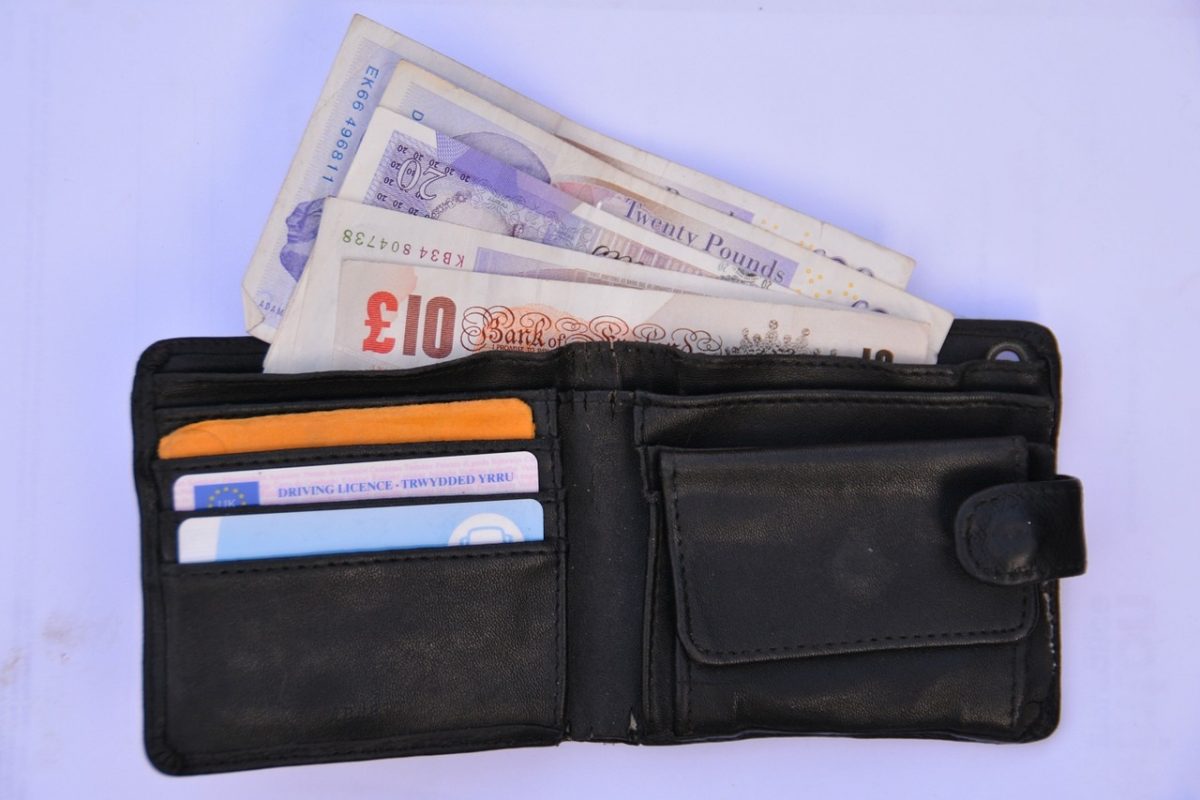You did your tax return in January – so why have you suddenly got a tax bill in the middle of July?
Payments on account are a pain in the backside for many self employed businesses, especially when you may not have been expecting to make a payment part way through the year. Originally devised to help spread the cost of your tax bill over the year, payments on account are just what they say they are – a “part payment” of your anticipated tax bill for the current tax year.
How are they calculated?
The payment on account is effectively paying off some of your tax bill in advance, and is calculated according to last year’s tax bill.
How these are calculated is easiest explained with an example.
If you started your business in May 2017, you will have prepared your first set of accounts to 5 April 2018, calculated your tax bill for 17/18, filed your tax return and paid your tax at 31 January 2019. Let’s say your tax bill was £3,000. You will have paid this by 31 January 2019. But you will also have made a payment on account of your next year’s (18/19) tax bill at the same time – and this was automatically calculated at 50% of the previous year – so £1,500. So actually at 31 Jan 2019 you paid £4,500.
You will then make your second payment on account for 18/19 by 31 July 2019 and again this is 50% of last year’s bill – so another £,1500.
So by now (31 July 2019) – you have paid £3,000 on account of your 18/19 tax bill – even though you may not have yet prepared your accounts for the year, or filed your tax return. You may not yet therefore know what your final tax bill for 18/19 is going to be.
If your profits in Year 2 of trading have gone up – and when you do your accounts and file your tax return, your tax bill for 18/19 is worked out to be £5,000, then you have already paid £3,000 of it during the year – so you only owe a further £2,000 at 31 January 2020. But, the process is repeated – so at 31 January 20 you will owe £2,000 for this year – and your first payment on account of 19/20, calculated as before at 50% of the current year bill (£2,500) – so £4,500 in total. You then owe at 31 July 2020 your second payment on account of 19/20 – another £2,500.
If you are in the scenario where profits are lower than the year before, then you will have overpaid in the year with your 2 payments on account and you will be due a refund for that year. In the example above, if your tax bill for 18/19 worked out to be £2,400, then because you have paid £3,000 during the year, then you have overpaid £600. But, taking into account your first payment on account for 19/20 which will be 50% of £2400 = £1200, you still owe £1200 – £600 = £600 at 31 Jan 2020!
Confused?? Who said tax wasn’t taxing!
For a new business, the payment on account regime can really hit your cashflow, so you need to be prepared for it. Your first tax payment in the January is really 150% of your tax bill, by the time you have made your payment on account as well. Another good reason for doing your tax return in plenty of time – so you know what this payment is going to be – and can budget for it accordingly.
If you know your profits are going to be lower in the next year, perhaps because you are doing less hours or lost a key client, then you can apply to reduce the payments on account that are going to make – to avoid overpaying in the first place. Don’t overestimate the reduction though, as HMRC will charge you interest if you get it wrong and reduce the payments too much.
There are some circumstances in which a payment on account will not be due. If your tax bill for the previous year was less than £1,000 after PAYE or other deductions at source, no payment on account is necessary. Similarly, no payment on account will be due if, in the previous tax year, 80 per cent or more of your tax was deducted at source.
You can check the payments due on your account by logging into your personal tax account. This will show you the amount due for the year and what you have paid already on account of this tax year.
For further help in understanding your payments on account, please contact Rosie Forsyth at Wilkins & Co.










